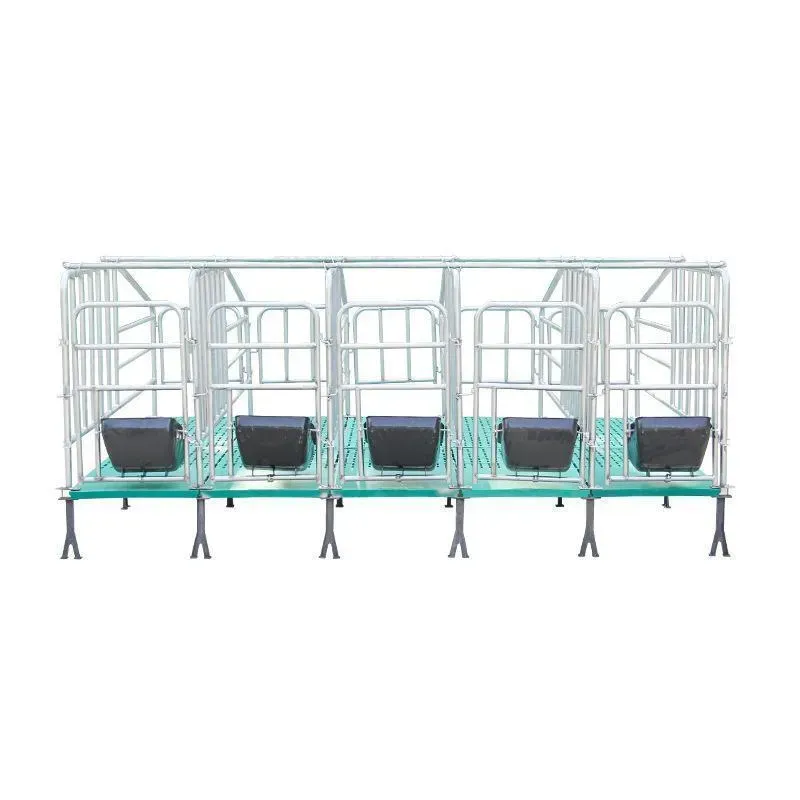chicken carrying cages
Dec . 20, 2024 21:59 Back to list
chicken carrying cages
The Journey of Chickens in Carrying Cages
In the landscape of agriculture, the transportation of livestock is an essential yet often overlooked aspect of the industry. One of the most commonly transported animals is the chicken. Whether for their eggs or meat, chickens are a vital resource in the food supply chain. Let's explore the significance of chicken carrying cages, their design, purpose, and impact on the welfare of these birds during transport.
When we think about chicken farms, we often picture vast fields of clucking birds, but it is crucial to understand the process that brings these chickens to our plates. Transporting chickens efficiently and humanely is a key component of poultry production. Chicken carrying cages, or poultry crates, are designed specifically for this purpose. These cages vary in size and design, accommodating different numbers of chickens based on the age and weight of the birds.
The primary purpose of these cages is to ensure the safety and comfort of the chickens during transport. Modern designs emphasize ventilation, which is essential in minimizing heat stress that can occur during long trips, especially in warmer climates. Proper airflow helps maintain the chickens' health, reducing the risk of mortality and ensuring their well-being throughout the journey.
Moreover, the structure of carrying cages is crafted to prevent injury. Chickens can be energetic and anxious creatures, and their movements can result in injuries if not properly contained. Well-designed cages provide adequate space for the birds to stand, turn around, and lay down, reducing stress and promoting a calmer environment. This consideration of animal welfare reflects a growing movement within the agricultural sector toward more humane treatment of livestock.
chicken carrying cages

However, the journey in these carrying cages isn't without its challenges. Transportation often involves long distances, and the way chickens are loaded and unloaded can significantly impact their health. It is crucial for farmers and transporters to adhere to best practices during the loading phases. Ensuring that chickens are not overcrowded in the cage can alleviate stress and help maintain their comfort.
In recent years, there has been a push for improved standards regarding chicken transport. Animal welfare organizations advocate for regulations that ensure chickens are not subjected to unnecessary hardship during their journey. Increasingly, industry stakeholders are being held accountable for the conditions in which their livestock are transported. Transportation guidelines now often include specific temperature ranges, maximum travel times, and even the types of cages to be used.
The advent of technology has also played a role in enhancing the transport of chickens. Modern transportation vehicles equipped with climate control systems allow for consistent monitoring of temperature and humidity levels. GPS tracking and route optimization software help in planning the most efficient travel routes, reducing time spent on the road and ensuring chickens arrive at their destination in the best possible condition.
Beyond mere transportation, the design and use of chicken carrying cages carry ethical considerations. Consumers today are becoming increasingly aware of the origins of their food and the conditions under which animals are raised and transported. Many people prefer products that come from suppliers who prioritize animal welfare, thus driving demand for higher standards in poultry transport.
In conclusion, chicken carrying cages are more than just a means of transporting birds; they represent a commitment to animal welfare and efficient agricultural practices. As consumers continue to advocate for humane treatment of animals, the industry must evolve, implementing better systems and practices for the transportation of chickens. This journey—from farm to table—must not only be efficient but also compassionate, ensuring that our food sources remain both sustainable and ethical. Transporting chickens in well-designed cages is one step toward achieving a more responsible approach to agriculture, benefitting producers and consumers alike.
-
Hot Sale 24 & 18 Door Rabbit Cages - Premium Breeding Solutions
NewsJul.25,2025
-
Automatic Feeding Line System Pan Feeder Nipple Drinker - Anping County Yize Metal Products Co., Ltd.
NewsJul.21,2025
-
Automatic Feeding Line System Pan Feeder Nipple Drinker - Anping County Yize Metal Products Co., Ltd.
NewsJul.21,2025
-
Automatic Feeding Line System - Anping Yize | Precision & Nipple
NewsJul.21,2025
-
Automatic Feeding Line System - Anping Yize | Precision & Nipple
NewsJul.21,2025
-
Automatic Feeding Line System-Anping County Yize Metal Products Co., Ltd.|Efficient Feed Distribution&Customized Animal Farming Solutions
NewsJul.21,2025






